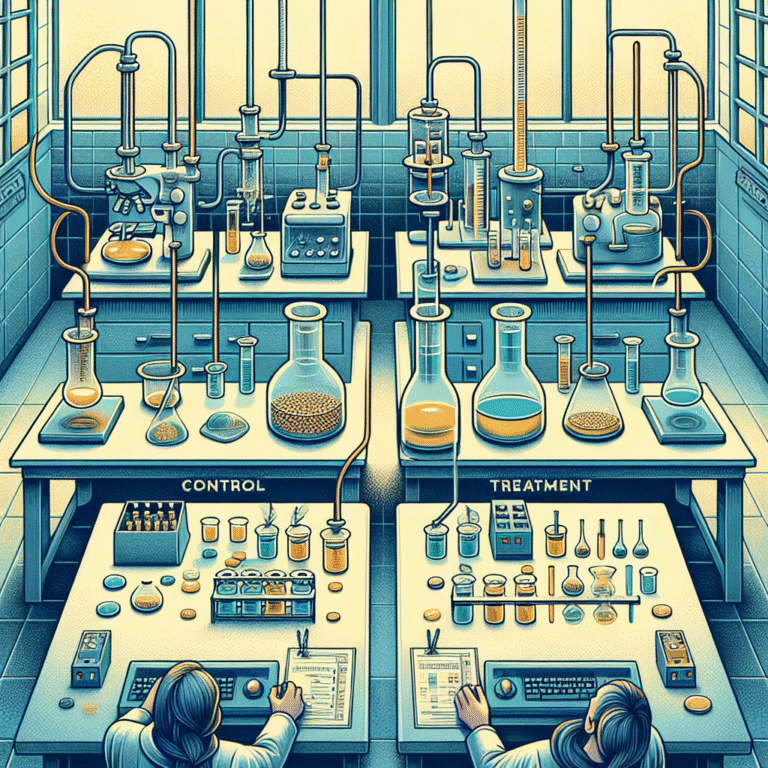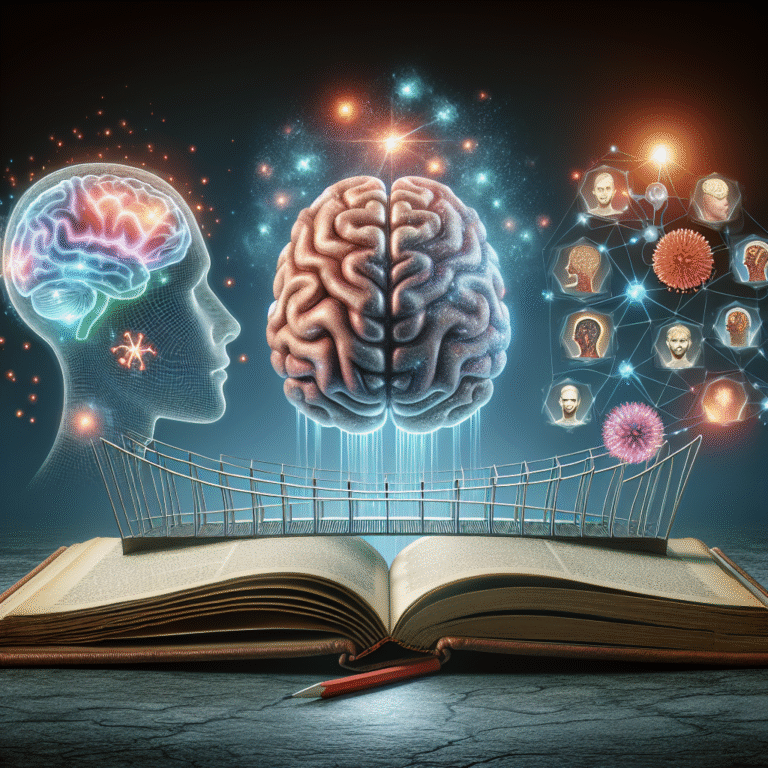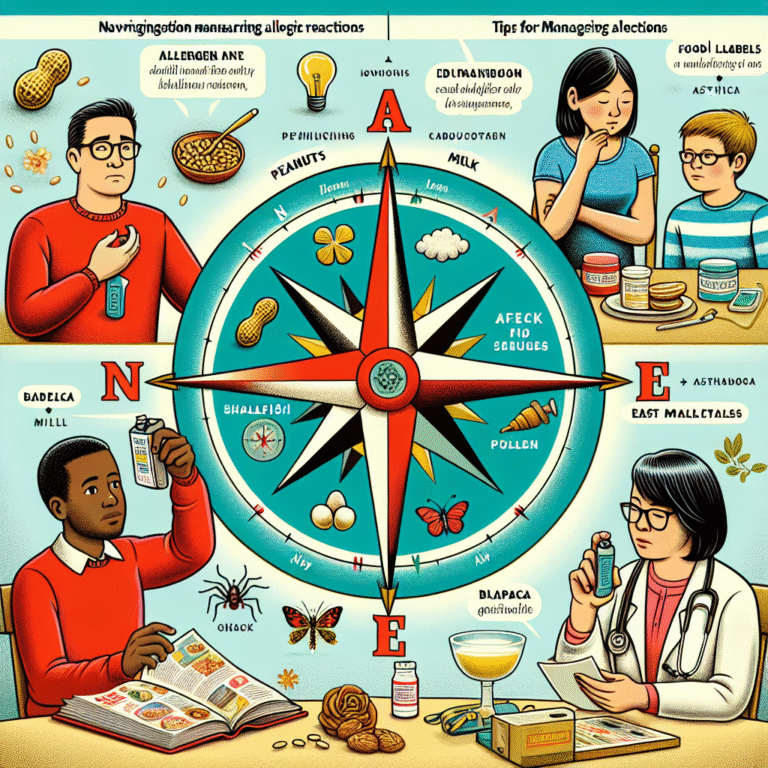
Introduction
Have you ever tried to study while your favorite show is playing in the background? If so, you’ve likely experienced the phenomenon of selective attention. It’s a critical aspect of our cognitive ability and directly affects our learning capabilities. Understanding selective attention and its impact on learning can be the key to unlocking your academic and professional potential. In today’s fast-paced, information-saturated world, mastering this skill is not just beneficial; it’s essential for effective learning and retention. This article will explore what selective attention is, why it matters, and how you can harness its power to enhance your learning experience.
What is Selective Attention?
The Basics
Selective attention refers to the cognitive process of focusing on specific stimuli while ignoring others. Imagine walking into a crowded room filled with chattering people; your brain filters out a cacophony of sounds to zero in on the person you’re talking to. This ability is crucial for effective learning, especially in environments filled with distractions.
Neural Mechanisms Behind Selective Attention
Research shows that selective attention is not just a passive filtering process but involves active neural mechanisms in the brain. For instance, studies employing fMRI technology have revealed that attention activates specific areas of the brain, enhancing our ability to process relevant information while suppressing distractions.
Table 1: Areas of the Brain Involved in Selective Attention
| Brain Area | Function |
|---|---|
| Prefrontal Cortex | Decision-making, focus |
| Parietal Lobes | Spatial awareness, attention |
| Thalamus | Sensory filtering |
| Anterior Cingulate Cortex | Error detection, conflict resolution |
The Importance of Selective Attention in Learning
Enhancing Focus and Retention
One of the primary benefits of selective attention is its role in enhancing focus and retention. When you’re concentrating on a specific piece of information, your brain is more likely to encode that information into memory. This is crucial in educational settings where students are bombarded with large amounts of information.
Case Study: Classroom Strategies
In a study conducted by researchers at the University of Michigan, two groups of students were tested on their ability to memorize information presented in a classroom setting. One group was instructed to focus solely on the lecturer’s voice, while the other group was allowed to multitask with mobile devices. The results showed that the first group retained roughly 40% more information than the second group. This underscores the significance of selective attention in academic performance.
The Role of Emotion and Attention
Emotion can significantly influence selective attention and, therefore, learning. Studies demonstrate that emotionally charged content tends to capture our attention more effectively than neutral information. In educational contexts, incorporating emotional narratives or real-world applications can boost engagement and retention.
Table 2: Emotional Content vs. Neutral Content in Learning
| Type of Content | Retention Rate (%) |
|---|---|
| Emotionally Charged | 60% |
| Neutral | 35% |
Overcoming Challenges to Selective Attention
Common Distractions
Today’s learning environments are rife with distractions, from smartphones to social media. These distractions can severely hinder selective attention, leading to decreased performance and memory retention.
Strategies to Improve Selective Attention
- Mindfulness Training: Mindful practices such as meditation can train the brain to focus better and enhance attention.
- Time Blocking: Designate specific time periods for focused study sessions, free from distractions.
- Information Chunking: Break down information into manageable chunks to reduce cognitive overload.
Case Study: Mindfulness in Education
A study conducted in a New York City high school revealed that students who participated in a mindfulness program saw an increase in their grades by about 20%. This emphasizes the power of mindfully directing one’s attention—something that improves not just academic achievement but overall emotional well-being.
The Science of Multitasking and Its Effects on Learning
Why Multitasking is Counterproductive
Contrary to popular belief, multitasking is not an effective way to enhance productivity. The brain has limited resources for processing information; thus, attempting to focus on multiple tasks simultaneously often leads to reduced focus and learning.
Supporting Research
A comprehensive analysis published in the journal “Psychological Bulletin” indicated that individuals who multitask during learning sessions scored lower on comprehension tests than those who focused on a single task. This highlights the crucial role of selective attention in optimizing learning environments.
Table 3: Comprehension Scores Based on Learning Strategies
| Learning Strategy | Average Comprehension Score (%) |
|---|---|
| Single-task Focus | 85% |
| Multitasking | 50% |
Techniques to Enhance Selective Attention
The Pomodoro Technique
This time-management method involves studying for 25 minutes followed by a 5-minute break. This technique trains the mind to focus for short bursts, making it easier to employ selective attention.
Visualization and Active Engagement
Visualizing information can enhance your ability to concentrate. Engage with the material actively—take notes, ask questions, or teach the content to someone else. Active engagement helps to anchor information and boosts retention.
Conclusion
In summary, understanding selective attention and its impact on learning is crucial not just for students but anyone interested in optimizing their cognitive abilities. With the growing tide of distractions and information overload, honing selective attention skills can be a game-changer. By applying various strategies—from mindfulness to the Pomodoro Technique—you can take charge of your learning processes and achieve remarkable results.
Key Takeaway
Become aware of your attention patterns, employ practical strategies to maximize your focus, and embrace the lasting benefits that come from mastering selective attention. This skill is not just about academic success; it’s about enriching your entire learning journey.
FAQs
1. What is selective attention?
Selective attention is the cognitive process of focusing on specific information or stimuli while ignoring others, which enhances learning and retention.
2. How does emotion affect selective attention?
Emotionally charged content is more likely to capture our attention, significantly influencing what we learn and remember.
3. Can multitasking harm my learning capabilities?
Yes, research shows that multitasking typically results in lower comprehension scores and hinders effective learning.
4. What techniques can I use to improve my selective attention?
Techniques like the Pomodoro Technique, mindfulness training, and active engagement can greatly enhance your selective attention skills.
5. Why is understanding selective attention important?
Understanding selective attention allows individuals to optimize their learning processes, leading to improved academic performance and overall cognitive abilities.
By integrating these insights, you’ll not only deepen your understanding of selective attention and its impact on learning but also acquire practical approaches to enhance your cognitive performance. Share this article with fellow learners to spread the knowledge!

















